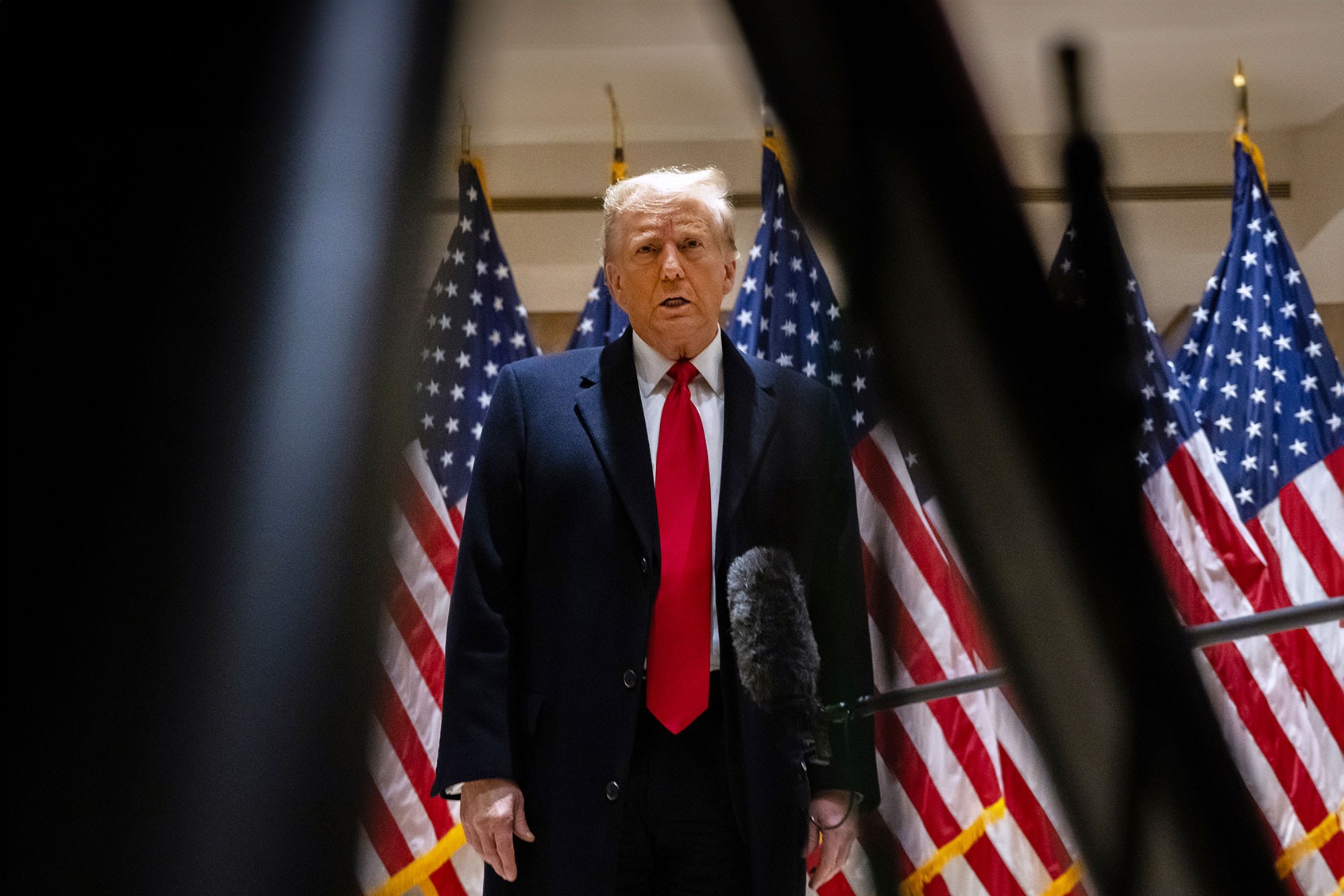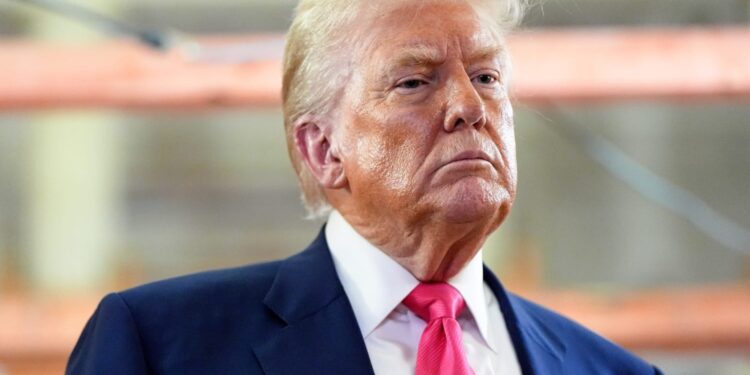Drawing up a war plan is never something that happens on the spot. It usually requires deep thinking, years of preparation, and careful steps taken by experienced military leaders who calculate how to strike targets while making sure the conflict does not spiral beyond control.
Yet, some actions can be taken with none of that quiet caution in place. One of those examples just played out publicly. That example came when President Trump went online and shared what he described as a way for the United States to step back from its military involvement with Iran.

At exactly 3:52 p.m., Trump wrote on his social media site that Iran had responded to the destruction of its nuclear facilities in a way he called weak.
He added that this was something his team had predicted and said they had responded to it effectively. He also thanked Iran for letting the US know ahead of time what they planned to do, which he said helped avoid casualties.
Although his message was meant to offer a path toward peace, it also included words that made Iran look weak and unprepared, even while encouraging talks.
Ceasefire Announcement Made Online
Another unexpected message followed just two hours later. This time, the president posted that both Israel and Iran had agreed to a complete ceasefire, even before either country made any such announcement on its own.
Trump then posted that if everything moved as planned, he wanted to praise both nations for having the courage, strength, and wisdom to bring an end to what he called “THE 12 DAY WAR.”
Those who study history in future generations, whether by reading books or scrolling through digital platforms, will likely pay close attention to the way Trump tried to end the conflict with two posts.
He first tried to stop what the government had spent the weekend refusing to call a war by publicly asking Iran to help bring it to a close. Then, in his second post, he declared that peace had already arrived. He even gave the conflict a name, treating it like something that could be labeled permanently.
That online posting marked the end of a weekend where the public had watched Trump process the situation live through his social media.
He first mentioned the military action on Saturday night at 7:50, thanking the public for following the updates. He used the platform to tell Iran not to strike back and to attack a Republican lawmaker who criticized his decision to order the assault.
There were also posts where he appeared concerned about whether the attack would be seen as successful. Trump said the damage done to the three Iranian nuclear facilities was massive.
He repeated a claim that the Fordo nuclear plant, one of Iran’s most important, was destroyed, although military officials from both Israel and the US had been far more cautious in their public remarks.






















